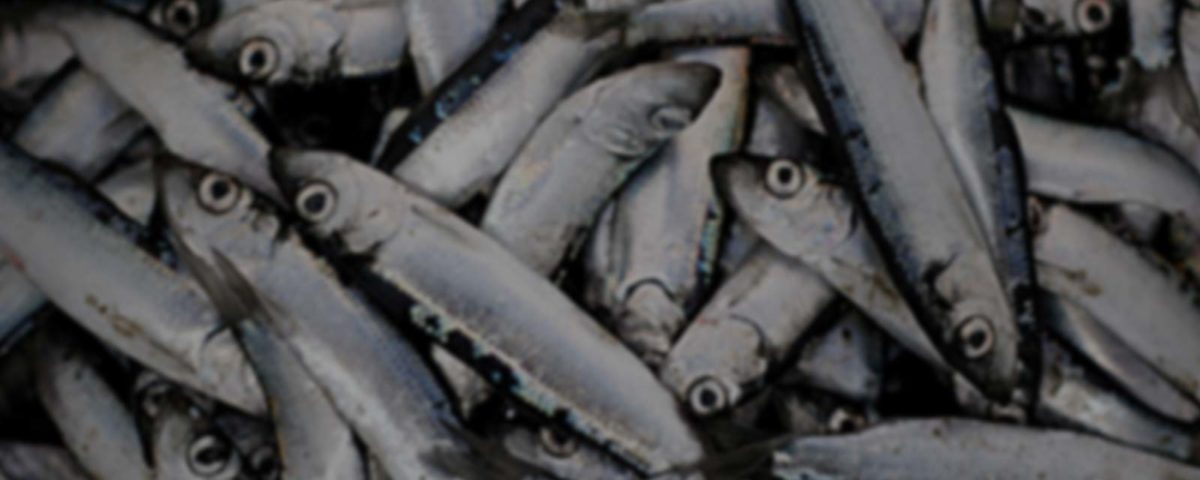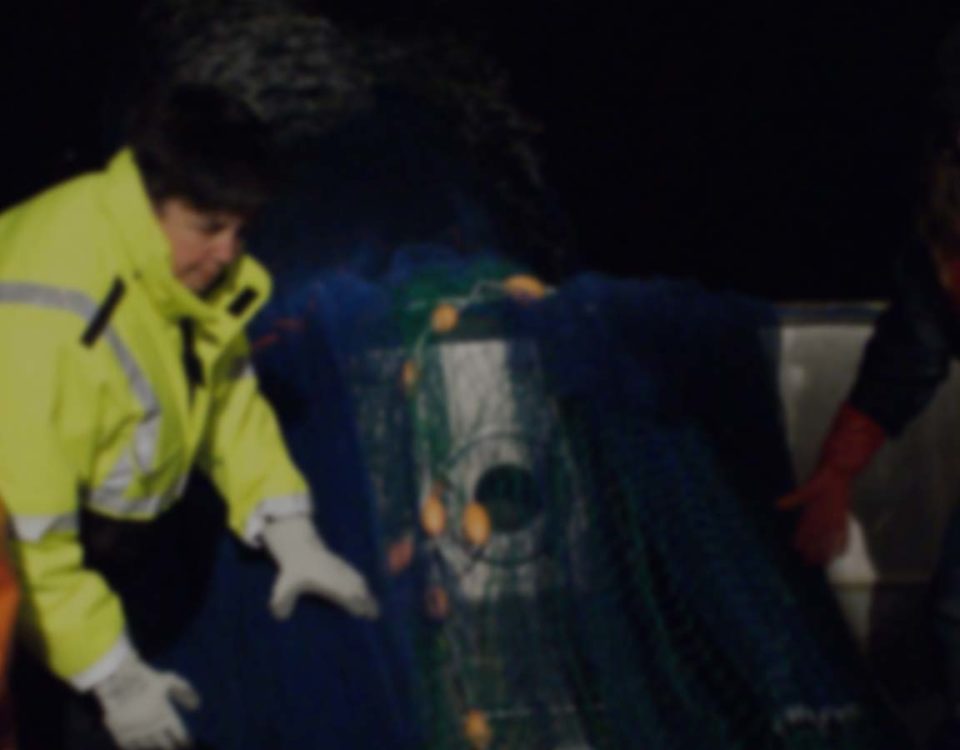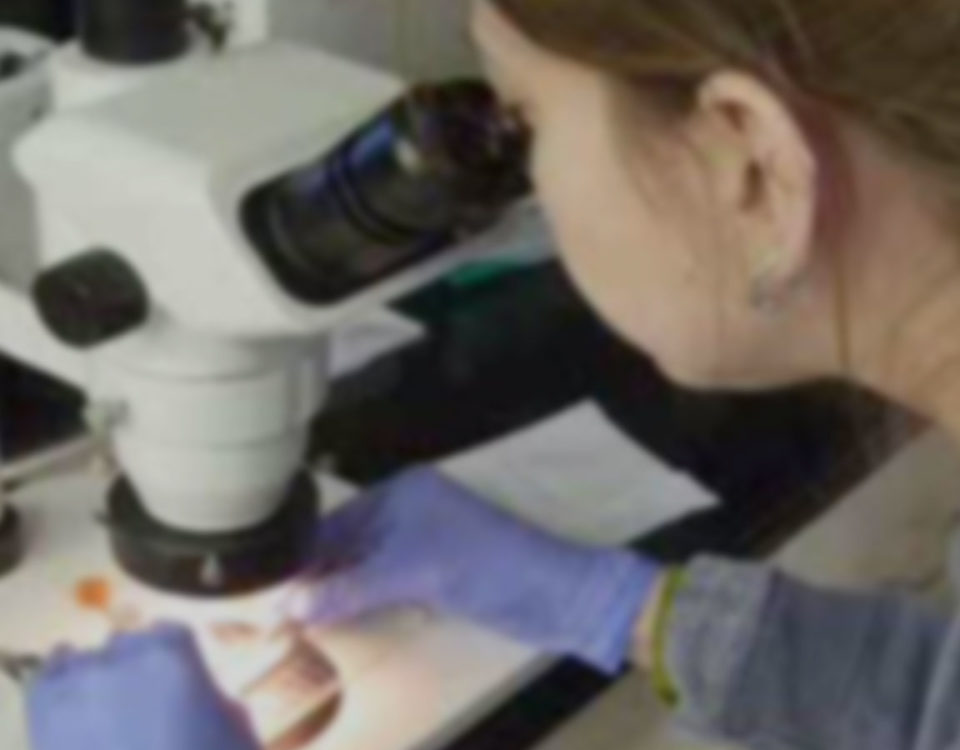Juvenile herring predation

PROJECT
Juvenile herring predation
Background
Herring are an important part of the marine food web in Prince William Sound. They are preyed on by many species of fish, especially Pacific cod, walleye pollock, and Pacific halibut. Juvenile herring are especially vulnerable to predation in winter, when their growth rates and energy levels decrease, suppressing their ability to avoid predators. This may contribute to the high mortality of Prince William Sound herring in their first winter. The amount of predation also depends on several other factors including the abundance of predators, the density of juvenile herring schools, and the availability of alternative prey species.
Methods
We conducted studies of predatory fish found near schools of herring during research cruises in spring and fall. In conjunction with acoustic surveys to determine herring abundance, we used a longline and gillnets to capture, count, and identify predatory fish nearby. Stomach contents from the fish were analyzed to determine what they were eating, and the amount and proportion of herring to other prey species.
What we learned
This study helped identify the major fish species that prey on juvenile herring, how predation changed throughout the winter, and what effects habitat characteristics had on patterns of predation. We learned how predatory fish respond to different concentrations of juvenile herring. These data helped fisheries managers develop better models for herring recruitment.
PRINCIPAL INVESTIGATOR
Mary Anne Bishop, Ph.D.PWS Science Center
mbishop@pwssc.org




